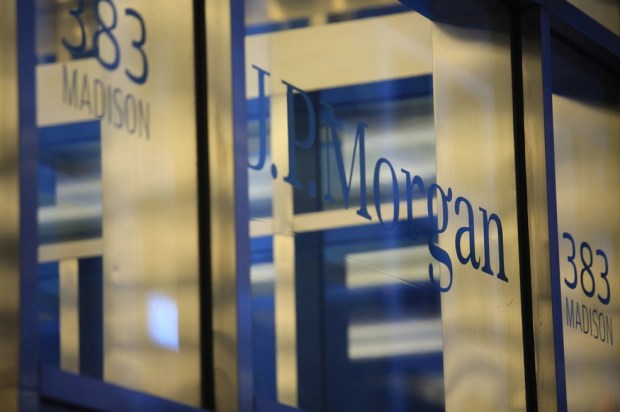US Treasury: JPMorgan Will Settle Sanction Claims For $5.3M

To settle claims that it broke Iranian sanctions, Cuban Assets Control Regulations and Weapons of Mass Destruction bank regulations, JPMorgan Chase has agreed to a $5.3 million fines payment. The U.S. Treasury noted that the violations were voluntarily disclosed by the bank and were a “non-egregious case,” Reuters reported.
“We’re pleased to resolve this issue, which we self-identified and voluntarily disclosed more than six years ago,” Brian Marchiony, a spokesperson for Chase Bank, said per Reuters. “We have since upgraded our systems and made substantial enhancements to our sanctions compliance program.”
The U.S. Treasury claimed that the bank broke sanctions on Syria and narcotics, processing 85 bank transactions worth roughly $46,000 in sum. In terms of the Iran and Cuban violations, the Treasury claimed that airline interests restricted by sanctions or in countries that have sanctions may have made up a “very small portion” of net settlement payments.
The news comes as there’s a good chance that JPMorgan Chase could soon become the largest U.S. bank in terms of outstanding loans, dethroning current champ Wells Fargo. According to Forbes, JPMorgan is already the largest U.S. bank in terms of total assets, market capitalization and total deposits. With it handing out loans at a faster pace than its rivals, JPMorgan could soon become the leader in the U.S. banking industry. It’s also the largest investment bank and third-largest custody bank in the U.S.
Data showed that the largest U.S. banks (Wells Fargo, JPMorgan, Bank of America, Citigroup and U.S. Bank) reported a combined loan portfolio of nearly $3.8 trillion worldwide in Q2 2018 — more than 38 percent of total loans handed out by all U.S. commercial banks. Citigroup’s growth in its loan portfolio was impressive, standing at 5.6 percent — more than the rate of loan growth across the industry, which is at 4.6 percent.
One thing to consider: Loans are likely to be depressed over the next few quarters as the Federal Reserve stays hawkish over interest rates. However, Forbes pointed out that “growth rate should normalize once the Fed is done with the rate hikes and the interest rate environment stabilizes — something we believe will happen around mid-2020.”
